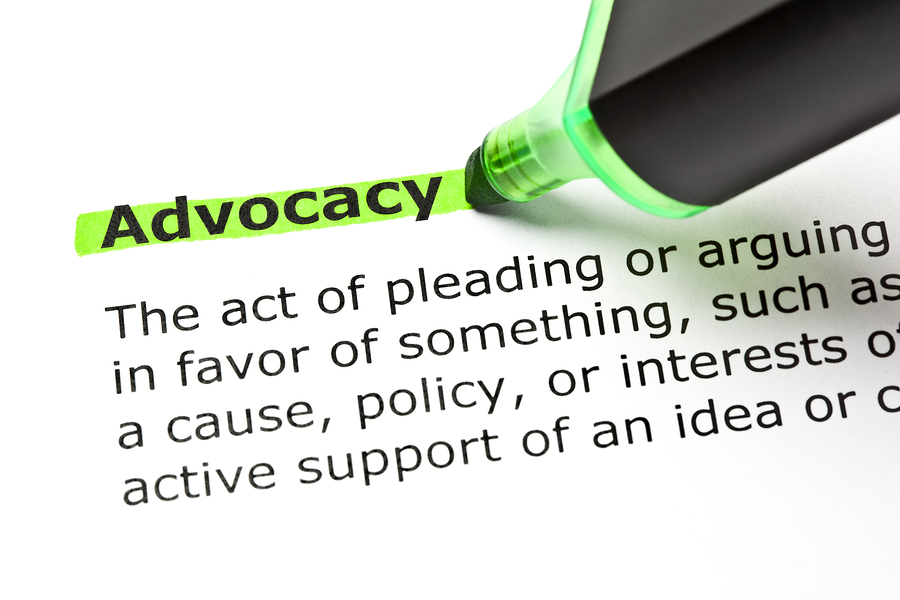 I spotted this new report called The Advocacy Gap: Research for Better Advocacy on Frogloop today. If you are asking your supporters to advocate for you with Congress, it’s a definite must-read. Here are a few interesting points, all of which tie directly back to basic marketing lessons (which I’ve added in italics).
I spotted this new report called The Advocacy Gap: Research for Better Advocacy on Frogloop today. If you are asking your supporters to advocate for you with Congress, it’s a definite must-read. Here are a few interesting points, all of which tie directly back to basic marketing lessons (which I’ve added in italics).
There is really no such thing as communicating with “Congress.” Instead, you have to think of it as 535 members of Congress, all human beings with their own idiosyncrasies and ways of doing business. You’ve heard this before: Target your communications to the right people. Just like there is no “general public,” there is no “Congress” in good advocacy communications.
Those members of Congress really only care what their constituents think, so asking people nationwide to send messages really just drowns out the district voices (for the House) or state voices (for the Senate) that members of Congress do want to hear. You’ve heard this before: The messenger matters. Get the right people to do the communicating for you.
Members of Congress are bound by the process so they can only do something if there is a specific bill in play. Asking them to generally support your issue is not as helpful as asking them to vote a certain way on a certain bill. You’ve heard this before: Get your calls to action right, and be specific about them.
Stories from within the district matter more than talking points. Some members of Congress say they go through constituent communications looking for real stories that they can use in their own speeches and communications. You’ve heard this before: Stories work because they are memorable and therefore easy to pass on to others.
Check out the report for more details on how to do advocacy with members of Congress right, including the role that social media currently plays in effective advocacy.





